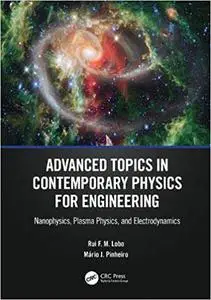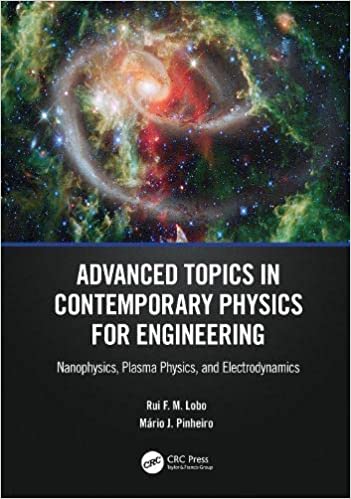Advanced Topics in Contemporary Physics for Engineering; Nanophysics, Plasma Physics, and Electrodynamics; 1
by Lobo Rui F. M.
English | 2022 | ISBN: 1032247630 | 371 pages | True PDF | 31.47 MB
by Lobo Rui F. M.
English | 2022 | ISBN: 1032247630 | 371 pages | True PDF | 31.47 MB
This book highlights cutting-edge topics in contemporary physics, discussing exciting advances and new forms of thinking in evolving fields with emphases both on natural phenomena and applications to modern engineering. It provides material for thought and practice in nanophysics, plasma physics, and electrodynamics.
Nanophysics and plasmas are synergic physical areas where the whole is more than the sum of the parts (quantum, atomic and molecular, electrodynamics, photonics, condensed matter, thermodynamics, transport phenomena). The authors emphasize both fundamentals and more complex concepts, making the contents accessible as well challenging. Nanoscale properties and physical phenomena are explained under the umbrella of quantum physics. Advances made in the physical knowledge of the nanoworld, and its metrology are addressed, along with experimental achievements which have furthered studies of extreme weak forces present at nano- or sub-micron scales. The book does not focus in detail on the diversity of applications in nanotechnology and instrumentation, considering that the reader already has basic prior knowledge on that. It also covers an introduction to plasma universe phenomenology, the basics of advanced mathematics applied to the electromagnetic field, longitudinal forces in the vacuum, concepts of helicity and topological torsion, SU(2) representation of Maxwell equations, 2D representation of the electromagnetic field, the use of the fractional derivative, and ergontropic dynamics. The chapters include theory, applications, bibliographic references, and solved exercises.
The synergies of the book’s topics demonstrate their potential in critical issues, such as relieving humans from barriers imposed by energetic and entropic dependencies and penetrating the realm of weak forces at the nanoscale. The book will boost both post-graduate students and mature scientists to implement new scientific and technological projects.



